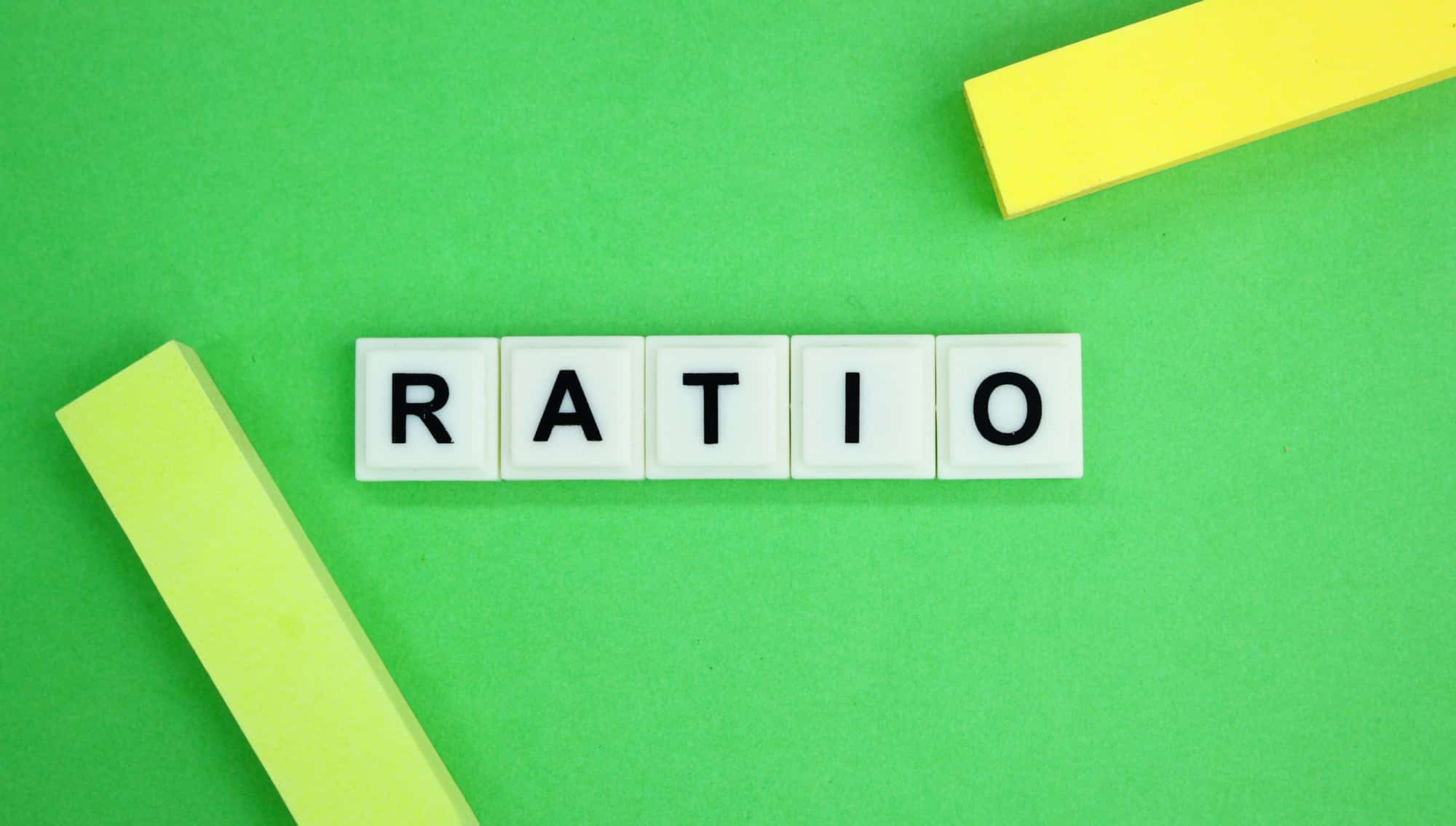Unraveling the Link: Sleep Apnea’s Potential Impact on Glaucoma Risk
Understanding Glaucoma and Its Risks
Glaucoma, often referred to as the "silent thief of sight," is a group of eye conditions that can lead to vision loss and even blindness if left untreated. It is characterized by damage to the optic nerve, which is crucial for transmitting visual information from the eye to the brain. One of the primary risk factors for glaucoma is increased intraocular pressure (IOP), but it is not the only factor, and recent studies have highlighted the significant role that sleep apnea can play in the development and progression of this disease.
The Connection Between Sleep Apnea and Glaucoma
Sleep apnea, particularly obstructive sleep apnea (OSA), is a sleep disorder that causes repeated interruptions in breathing during sleep. These interruptions can lead to a range of health issues, including cardiovascular disease, cognitive impairment, and notably, an increased risk of glaucoma.
Also to read : Exploring the Effects of the Specific Carbohydrate Diet on Clinical Results in Crohn”s Disease Patients
Oxygen Fluctuations and Intraocular Pressure
Studies have shown that patients with OSA are at a higher risk of developing glaucoma due to the fluctuations in intraocular pressure that occur during sleep. Dr. Moster from EyeWorld explains, "If left untreated, obstructive sleep apnea can be associated with progression [of glaucoma]… Because the pressures of these patients often rise at night, topical therapy is tailored toward prostaglandins, which have been shown to lower pressure at night."
During sleep, especially in the REM stage, patients with OSA experience repeated episodes of hypoxia (lack of oxygen) and hypercapnia (elevated carbon dioxide levels). These episodes can cause significant fluctuations in IOP, which can be detrimental to the optic nerve.
Have you seen this : Exploring the Impact of Nanotechnology on Revolutionizing Cancer Diagnosis
Clinical Evidence and Studies
Several studies have underscored the link between sleep apnea and glaucoma. For instance, a study mentioned on the Eye Care of Delaware blog notes that patients with obstructive sleep apnea have a 40% higher chance of developing glaucoma compared to those without the condition.
Here is a detailed list of how sleep apnea can impact glaucoma risk:
- Increased IOP: Fluctuations in IOP during sleep can exacerbate the risk of glaucoma, especially in patients with pre-existing glaucoma conditions.
- Oxidative Stress: The intermittent hypoxia associated with sleep apnea can lead to oxidative stress, which may damage the retinal ganglion cells (RGCs) and contribute to the progression of glaucoma.
- Systemic Health: Sleep apnea is often linked with other systemic health issues such as hypertension, diabetes, and cardiovascular disease, all of which can further increase the risk of glaucoma.
Diagnosing and Managing Sleep Apnea in Glaucoma Patients
Diagnosing sleep apnea in patients with glaucoma is crucial for managing the risk of glaucoma progression. Here are some key points to consider:
Comprehensive Sleep Evaluation
A comprehensive sleep evaluation is essential for diagnosing OSA. According to the Clinical Practice Guideline for Diagnostic Testing for Adult Sleep Apnea, polysomnography (PSG) or home sleep apnea testing (HSAT) should be used for diagnosis. PSG is the gold standard, especially for patients with significant cardiorespiratory disease or other complicating factors.
Red Flags and Systemic Conditions
Dr. Moster emphasizes the importance of looking for red flags such as atypical visual field defects, color loss, and other neurologic symptoms that might indicate a different underlying condition. She also stresses the need to manage systemic conditions that could affect glaucoma progression, such as hypertension and the timing of hypertensive medications.
Practical Advice for Patients
For patients who are at risk of or already diagnosed with glaucoma, here are some practical tips to reduce the impact of sleep apnea:
Maintain Good Sleep Hygiene
- Ensure a consistent sleep schedule and a sleep-conducive environment.
- Avoid heavy meals close to bedtime and limit alcohol and caffeine intake.
Use CPAP Therapy
Continuous Positive Airway Pressure (CPAP) therapy is a common treatment for OSA. It helps keep the airways open during sleep, reducing the risk of IOP fluctuations and other complications associated with sleep apnea.
Lifestyle Modifications
- Avoid activities that increase IOP, such as headstands or heavy lifting with Valsalva maneuvers.
- Keep the head above the heart during sleep to reduce IOP.
- Wear loose clothing around the neck to avoid constriction that could exacerbate sleep apnea.
Case Studies and Real-Life Examples
One compelling case study involves a patient who experienced significant vision loss due to undiagnosed fluctuations in IOP during sleep. Dr. Ramulu recounts, "He was seeing worse and worse. His pressure was 10 mm Hg on a bunch of medicines. We did a trial on him, and every morning he was up into the 30s. He had been losing vision for years, but no one found this out. It was very unfortunate that he lost so much vision in both eyes as a result."
This example highlights the critical importance of diagnosing and managing sleep apnea in patients with glaucoma to prevent such devastating outcomes.
The link between sleep apnea and glaucoma is complex and multifaceted. Understanding this connection is crucial for both ophthalmologists and patients. By diagnosing and managing sleep apnea effectively, we can significantly reduce the risk of glaucoma progression and protect the vision of those affected.
Here is a comprehensive table summarizing the key points:
| Factor | Description | Impact on Glaucoma |
|---|---|---|
| IOP Fluctuations | Increased IOP during sleep due to OSA | Exacerbates glaucoma risk and progression |
| Oxidative Stress | Intermittent hypoxia and hypercapnia | Damages RGCs and contributes to glaucoma progression |
| Systemic Health | Associated with hypertension, diabetes, etc. | Increases overall risk of glaucoma |
| CPAP Therapy | Keeps airways open during sleep | Reduces IOP fluctuations and other complications |
| Lifestyle Modifications | Avoid headstands, heavy lifting, etc. | Reduces IOP and minimizes risk factors |
| Comprehensive Sleep Evaluation | PSG or HSAT for diagnosis | Essential for accurate diagnosis and management |
In conclusion, the relationship between sleep apnea and glaucoma is a critical one that requires attention and action. By understanding this link and taking proactive steps, we can better protect our vision and overall health.











